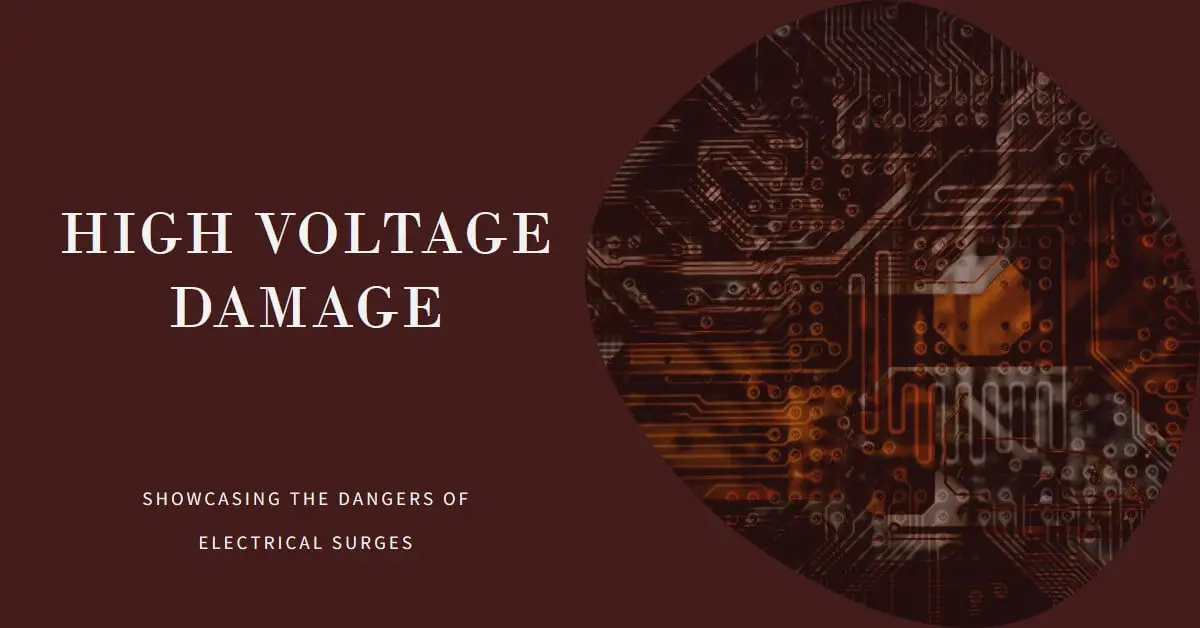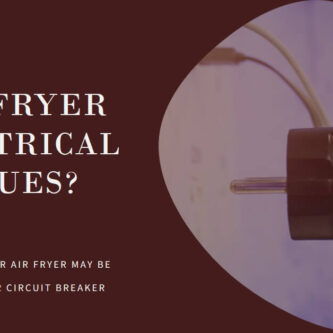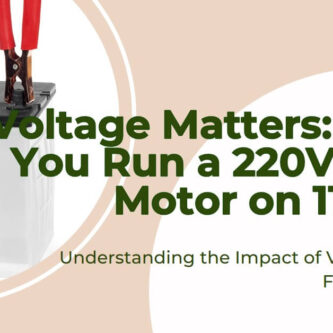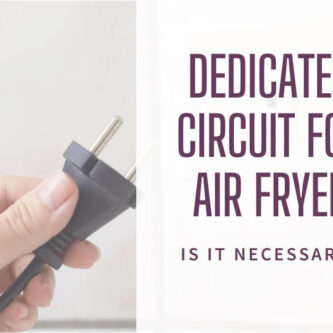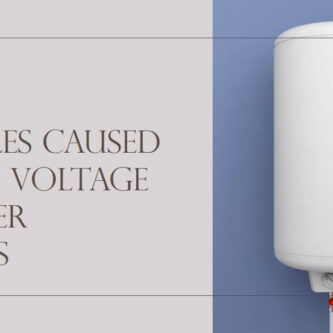Image: “Article Feature Image” by Bing is licensed under CC BY-NC-SA 4.0. Source: Bing Graphic Art. License: CC BY-NC-SA 4.0.
The world around us is powered by electricity, and we rely heavily on electronic devices in our daily lives.
However, there is always a concern about potential damage to these devices. One common question that arises is whether current or voltage is responsible for frying electronics. As a short answer, Both current and voltage have the potential to fry electronics if they exceed safe limits.
In this article, we will explore the effects of current and voltage on electronics, compare their damaging potential, and discuss ways to protect our valuable devices.
Basics of Electricity
Understanding the fundamentals of electricity is essential to grasp the concepts related to current and voltage.
Electricity is the flow of electrons through a conductor. Electric current is the measure of this flow, typically expressed in amperes (A).
Voltage, on the other hand, represents the electrical potential difference that drives the flow of current. It is measured in volts (V).
The Effect of Current on Electronics
Current can indeed have damaging effects on electronic devices. When the current exceeds the safe operating limits of a component, it can generate excess heat, leading to overheating, component failure, or even fire.
Current-related damage can occur due to short circuits, power surges, or electrical faults, among other factors. It is crucial to be aware of the risks associated with excessive current and take appropriate precautions.
Read also my article: Electronics at Risk: The Dangers of High Current.
The Effect of Voltage on Electronics
Voltage plays a significant role in the operation of electronic devices, but it can also be detrimental if not controlled properly.
Excessive voltage levels can cause insulation breakdown, component stress, or arcing, leading to irreversible damage.
Voltage-related damage often occurs due to power spikes, lightning strikes, or incompatible power supply. Understanding and managing voltage levels are vital for protecting electronic devices.
For more information read also my comprehensive article: The Shocking Truth: Overvoltage Can Damage Your Electronics.
Current vs. Voltage: Which is More Damaging?
Comparing the damaging potential of current and voltage is not straightforward, as they are interrelated.
Current and voltage have a direct relationship according to Ohm’s Law, where the current flowing through a component is proportional to the voltage across it.
However, the extent of damage caused by either current or voltage depends on various factors such as the device’s design, component tolerances, and the duration of exposure.
When it comes to damaging electronics, both current and voltage play significant roles.
Excessive current can generate excess heat, leading to overheating, component failure, or even fire.
It is particularly problematic when it exceeds the safe operating limits of a component. This can occur due to short circuits, power surges, electrical faults, or other factors.
When the current exceeds what a component can handle, the heat generated can cause irreversible damage.
Similarly, excessive voltage levels can lead to detrimental effects on electronics. High voltage can cause an insulation breakdown, component stress, or arcing, resulting in irreversible damage.
Power spikes, lightning strikes, or incompatible power supply can introduce excessive voltage, potentially frying sensitive electronic circuits.
Therefore, it is crucial to consider both factors and their interplay when assessing potential damage to electronics.
Protecting Electronics from Damage
To safeguard our electronics, certain measures can be taken. Following electrical safety best practices, such as avoiding overloading circuits, using surge protection devices, and employing proper grounding techniques, can significantly reduce the risk of damage from current and voltage fluctuations.
Surge protectors and circuit breakers are designed to limit voltage and current to safe levels, providing an extra layer of protection.
Additionally, grounding and earthing systems help divert excess current away from devices, minimizing potential damage.
Check out this surge protector from EATON ” However it’s an affiliate link. I recommend it for you” It’s a good choice to protect your appliances:
Conclusion
In conclusion, both current and voltage can potentially fry electronics if they exceed safe limits. Excessive current can cause overheating and component failure, while excessive voltage can lead to insulation breakdown and irreparable damage.
Understanding the risks associated with current and voltage is crucial for protecting our valuable electronic devices.
By implementing electrical safety measures and utilizing surge protection devices, we can mitigate the risks and ensure the longevity of our electronics in an electrically powered world.
you work With Electricity! Don’t leave empty-handed!
Looking to stay ahead of the game in the world of electrical engineering? Subscribe to my YouTube channel and gain access to exclusive content you won’t find anywhere else!
The staff I recommend (Amazon Affiliate Links to products I believe are high quality):
- Economy 120 Volt/60Hz AC Power Source – Step-Down Voltage & Frequency Converters 1800W
- UNI-T Digital Multimeter Tester UT139C
- 50-Amp Extension Cord for RV “100ft”
- Voltage Stabilizer 110/220v
- Hair Dryer “best selling“
- TOSHIBA EM131A5C-BS Countertop Microwave Ovens
Disclaimer: This contains affiliate links to Amazon products. I may earn a commission for purchases made through these links.

